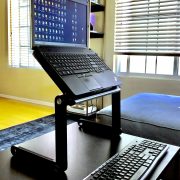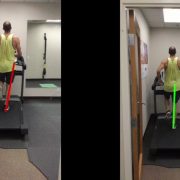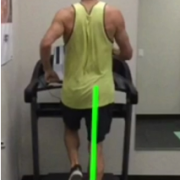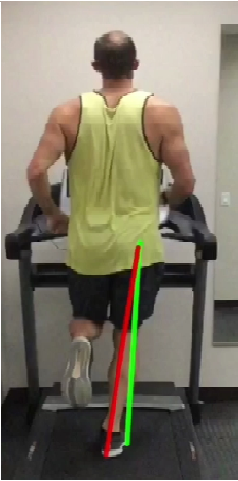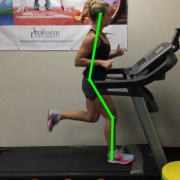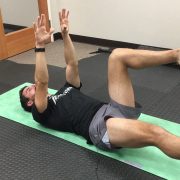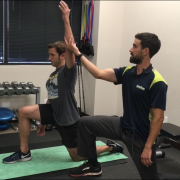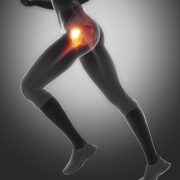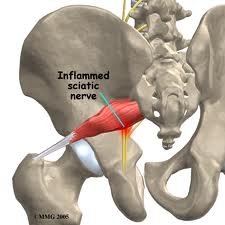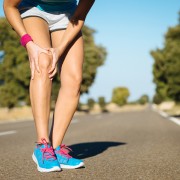Chiropractic Care for Headaches
Chiropractic Care for Headaches | San Diego Chiropractic
Summary
- Chiropractors are trained to diagnose the type of headache you are experiencing
- They are trained in manual therapies designed to treat muscles and joints that are causing or worsening the headaches
- They will work with you to identify reasons to why the muscles and joints are causing headache symptoms
- If there is a need for a referral, chiropractors can make sure you are sent to the right physician
- Our chiropractic office for treating headaches is located near La Mesa, Mission Gorge, Kensington, Serra Mesa, Bay Park, and Clairemont Mesa
- The types of headaches we treat are migraines, tension headaches, cervicogenic headaches, posture related headaches, trigger point referral headaches
Does Chiropractic Care Help Headaches?
Does chiropractic care help headaches? Chiropractic care can help reduce and even fully eliminate headache symptoms. Many headaches are due to muscle imbalances, and/or joint injury to the upper back, neck, and head region.
What Are Common Causes of Headaches?
Headaches are often experienced after trauma to the head and neck. They can also begin the develop over time as a result of poor posture or repetitive strain (same movements during sport, sitting at a desk 40 hours a week). As repetitive stress continues, the muscles and joints become irritated and start referring pain to the head region.
Pain referral patterns of muscles?
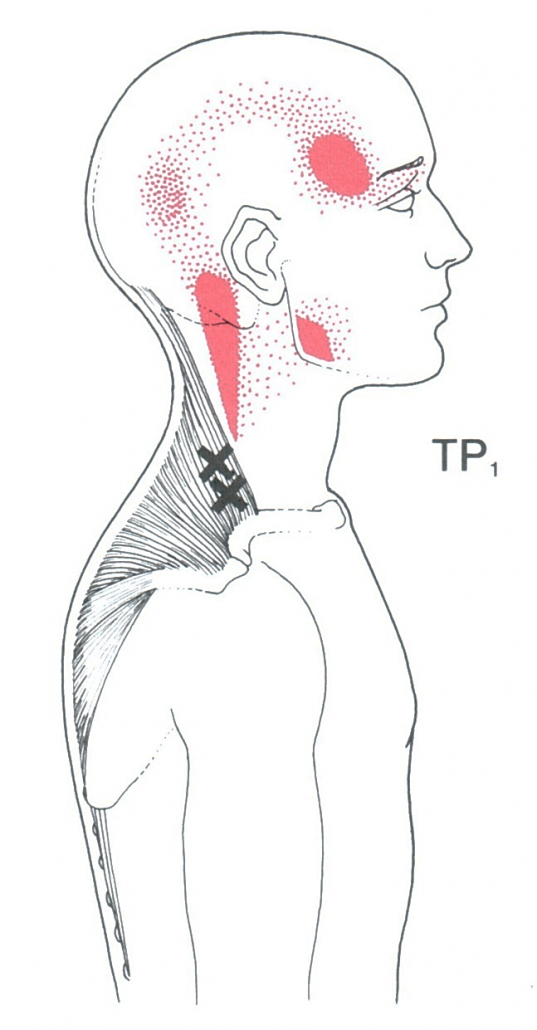
Upper Trapezius Trigger Point Referral
Acutely or chronically strained muscles can develop trigger points. Trigger points are hyper irritable fibers within a muscle unit that can cause local and referred pain. An active trigger point, actively causes pain. Example: pain in the muscles at the base of the skull with headache symptoms at eyeball area.
In this example, the muscle itself is sore and painful and is referring pain to the eyeball/forehead area. Another example is the upper trapezius muscle which connects the top of the shoulder to the neck. When that muscle develops a trigger point (often due to postural strain), headache symptoms can begin from the neck area up the side of the head, around the ear and to the temples. It looks like a question mark and headache symptoms can be felt anywhere along that path.
Ever tried rubbing your temples to get your headache to go away? Didn’t work? Try addressing the upper trapezius muscle which refers pain to the temples!
Pain Referral Patterns of the Joints
An inflamed and painful joint in the neck may also refer pain to various points of the neck, upper back, and head. Joints are normally injured through whiplash type injuries or quick movements without proper stabilization. Degenerative joints can also be a source of headache symptoms. As the joints wear down from past trauma and age, the degenerative joints compress the local tissues which then can refer pain.
There are plenty of referral patterns that result in headache symptoms. A chiropractor will evaluate the muscles and joints of the neck, shoulder, and upper back to identify the likely culprits. A proper referral will be made if the presenting symptoms are found to be outside of the musculoskeletal system.
Chiropractic Care for Common Headache Symptoms
In our San Diego based chiropractic office, we use a handful of therapies to treat common headache symptoms. Chiropractic adjustments or joint mobilization to the neck and upper back help restore motion to stiff, achy joints and relax local muscle tissues. Active Release Technique, and Graston Technique break down trigger points and tight muscles to eliminate muscular causes of headaches. Home exercises are then given to help combat headache symptoms and decrease the likelihood of the headaches returning.
Here is an example of how we treat a patient with neck and headache symptoms.
Why do the joints and muscles keep causing pain after treatment?
Many chiropractors, physical therapists, and other physical rehabilitation specialists claim they treat the “root cause” of your conditions. Many will treat the muscles and joints that cause the headaches as the “root cause”. Yes, that is treating what is causing the symptoms, but what is causing those muscles and joints to become irritated? Proper chiropractic care for headaches will also look at the entire picture. Here are a few likely causes for recurring headaches:
- Poor Posture
- Poor movement mechanics
- Diet
- Hydration
- Stress
- Sleep
Working working those categories, starting the most likely first, will identify the true cause of the headaches and eliminate them from returning!
Get Your Headaches Treated Today!
Our San Diego chiropractic team is trained to evaluate and treat your headaches. We are confident our chiropractic care for headaches will help reduce and even eliminate the frequency, intensity, and duration of the headaches you are experiencing. We are conveniently located in Mission Valley, San Diego near Ocean Beach, Pacific Beach, Normal Heights, and Hillcrest! Call or schedule online today!


